On the last day of World Space Week, NASA scientist Conor Nixon gave a lecture to Ukrainians about how the James Webb Space Telescope is exploring the solar system. Can JWST detect new gases in Titan’s atmosphere or find signs of intelligent life on other planets? Or perhaps it will help discover Planet X, being hunted for by astronomers for decades? Read about all this in our article.

A lecture by a NASA scientist
On October 10, space enthusiasts from Dnipro and other cities of Ukraine had the opportunity to talk to a real NASA scientist Conor Nixon, an astronomer and planetary science specialist. The meeting was organized by The Universe Space Tech, the NGO Association Noosphere, and the Noosphere Planetarium in Dnipro.
Conor Nixon works in the Planetary Systems Laboratory at NASA’s Goddard Space Flight Center. His main area of interest is the study of planetary atmospheres. In the past, Conor was involved in the scientific processing of data from the Cassini infrared spectrometer. Now the main project of the scientist is the James Webb Space Telescope. Here is the scientist’s story about the research by this incredible instrument.
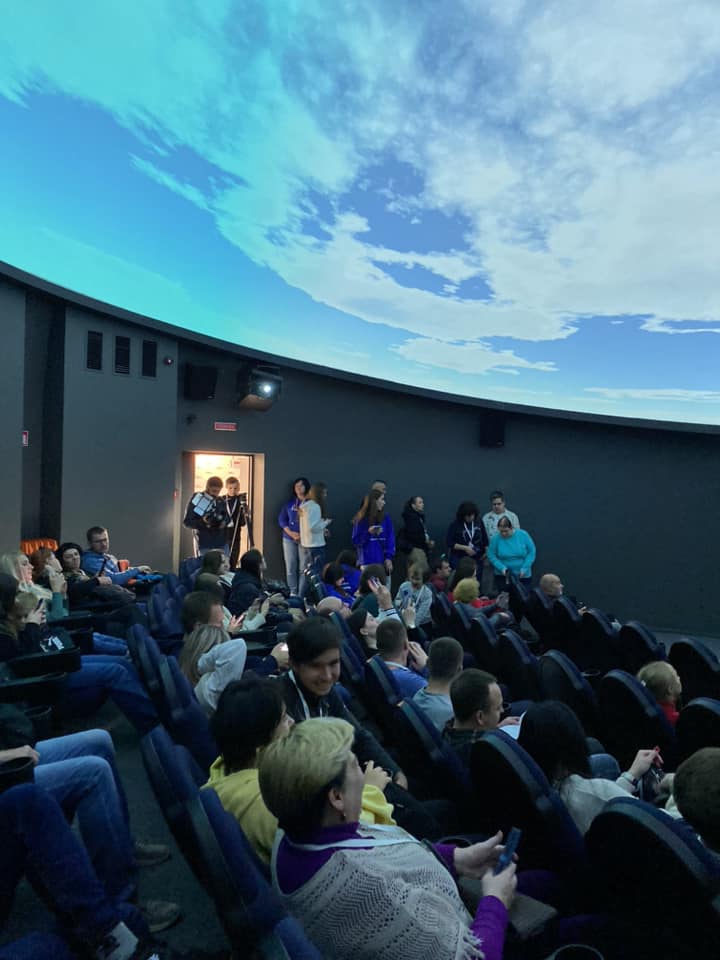
How to find signs of intelligent life on another planet
The study of exoplanets is one of the main tasks of the James Webb mission. However, although the telescope is equipped with a large 6.5-meter mirror, its power is not enough to focus and obtain images of the extrasolar world. At best, the exoplanet will appear as a tiny speck or not be visible at all.
Therefore, it is necessary to wait until the exoplanet passes against the background of its star to obtain the spectrum of light that has passed through its atmosphere. Its analysis will allow us to find out what gases are present in it. If Webb detects an object whose atmosphere is 80% nitrogen and 20% oxygen, it will tell astronomers that they are looking at a planet that could theoretically support life.
However, there is a big difference between the “potentially habitable” and really alive. Therefore, scientists need more data. Evidence of life, for example, could be some gases that could theoretically be used for breathing or participate in biological processes. But, again, James Webb can detect not life itself, but the probability of its existence. In the future, some other telescopes will help astronomers to start exploring exoplanets in search of other signs confirming its habitability and indicating the presence of a man-made civilization, such as radio signals.
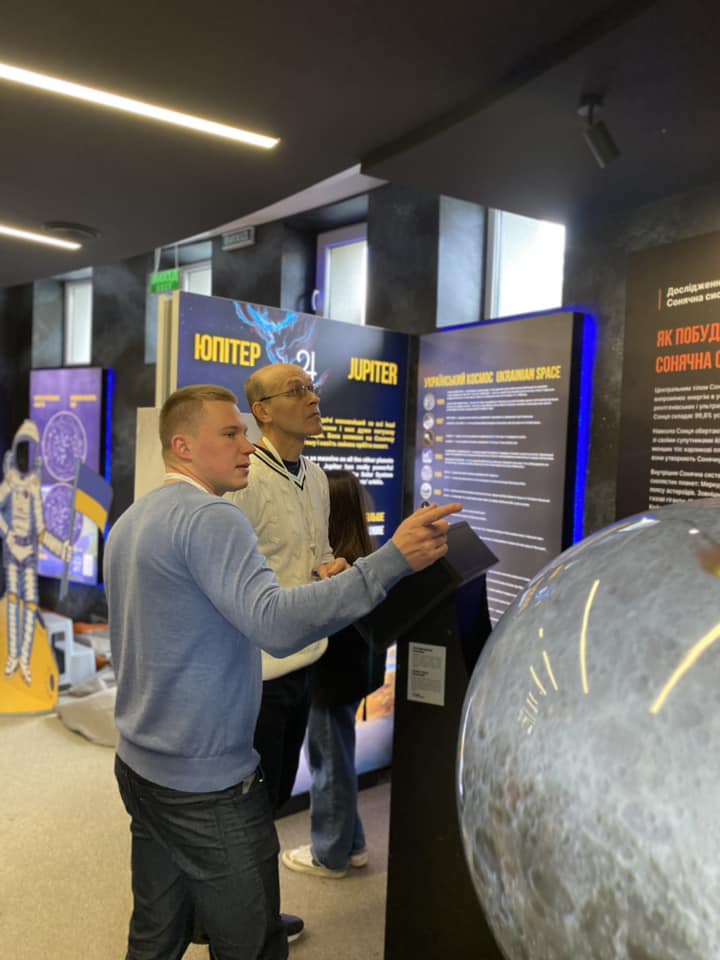
Studying Titan’s atmosphere
Titan is the only satellite in the Solar System with a dense atmosphere. In some ways, it is even similar to the Earth’s, because there is a lot of nitrogen, gaseous hydrocarbons, primarily methane or similar substances. For example, propane, the gas we use for cooking, or butane, which burns in lighters. But there is no oxygen in Titan’s atmosphere.
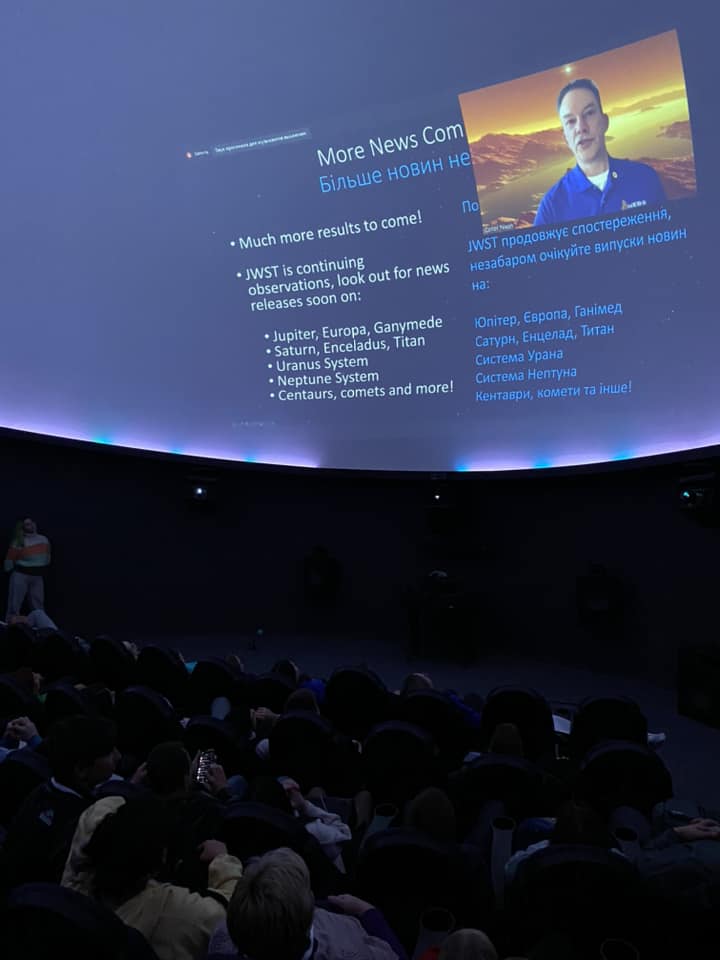
Scientists know that many chemical reactions take place in Titan’s atmosphere. Its atmosphere is orange because of the large amount of different chemical compositions. In July of this year, using the JWST, scientists received new data suggesting the presence of a new substance in the satellite’s atmosphere. The substance is related to methane and is a product of its decomposition. This is a very important discovery. The next step is to search for gases with a higher molecular weight.
Some interesting things to see in infrared images of Mars
The difference in the images of Mars obtained in the infrared and visible spectrums is noticeable even to a layman. This planet, like the Earth, rotates on its own axis. And the period of this rotation is slightly longer than the Earth’s.
A day on Mars lasts about 24.5 hours. During this rotation, day reigns on one part of the planet, and night on the other. Using the James Webb telescope, scientists are studying how, depending on the place and time, its surface heats up and then cools down when the planet rotates.
Studying the heat emission from the surface during the Martian day reveals some properties of the planet itself, for example, the thermal inertia of rocks, i.e. how much solar energy is stored in them and then radiated.
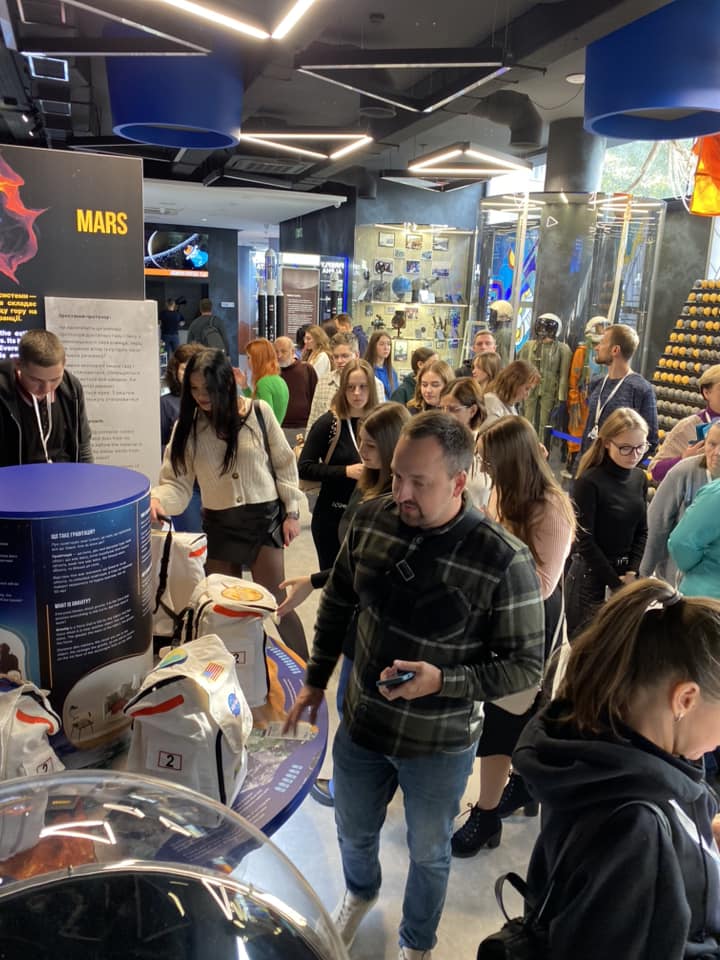
If you were to go outside on a very hot day in the summer, you might find it difficult to walk on concrete or stones because they are so hot. And at night, you would notice that all these surfaces are very cold. This is due to the fact that stone materials are able to efficiently dissipate heat into the environment. However, this is very different from the way water in a swimming pool behaves. It will remain cool during the day, gradually heating up. And then at night, it will stay warm for a while. This is called high thermal inertia.
By studying infrared images of Mars, it is possible to determine the type of rocks on its surface — more or less hollow. For example, regions that appear brighter in infrared light have absorbed a lot of sunlight, and this paler area is colder. The spectrogram shows the chemical composition of Mars’ atmosphere.
Looking for “Planet X” or other trans-Neptunian objects
For more than 10 years, there has been talk that there is another large planet in the Solar System. It could be very cold and dark, so it is called “Planet X”. It is supposed to be beyond Neptune’s orbit, perhaps thousands or hundreds of thousands of times farther from the Sun than the Earth.
Now there is a very active search for such a body. The first hypothesis about its existence was put forward by California astronomers. It was based on the observation that there are almost no small objects in a certain part of the sky beyond Neptune’s orbit. This suggested that there might be some large celestial body there that does not allow something smaller to stay there. That is, it seems to have cleared a certain area around it due to its gravity, which indicates a considerable mass. This body is considered “Planet X”. However, research over the past decade has not found any evidence of its existence.
The James Webb telescope would be a great tool for studying already known objects beyond Neptune’s orbit. But it is not well suited for searching for any new bodies there. The reason for this is its small field of view. It only looks at a small patch of sky. If it tried to look at the entire sky in search of Planet X, it would take a very long time.
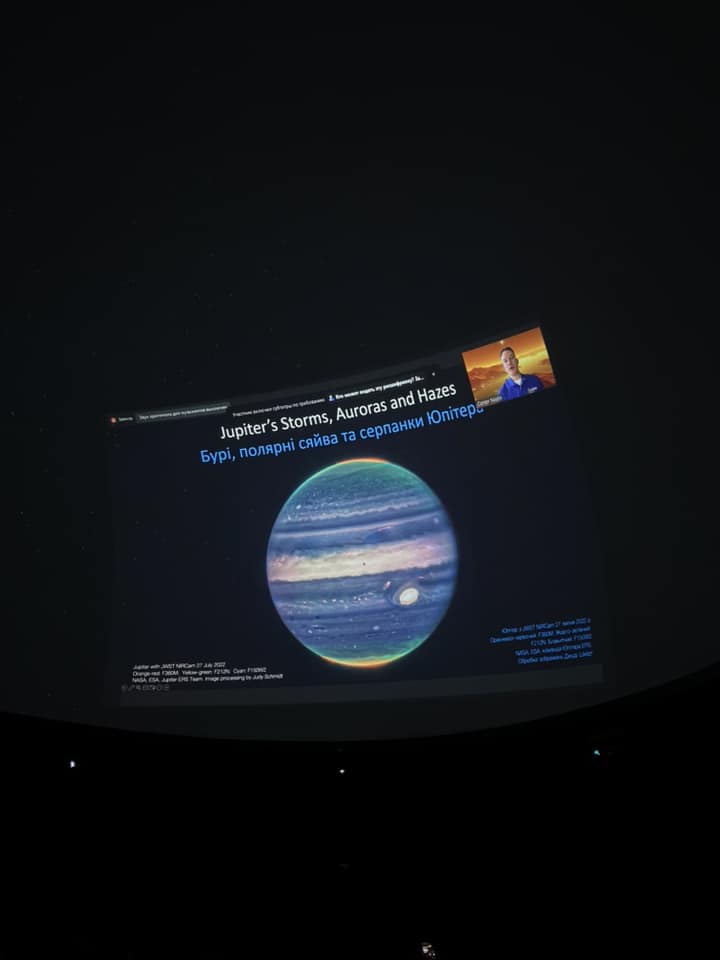
This kind of search requires a different telescope — a wide-angle one. It’s like different cameras on a phone. Some of them give a good zoom, others allow you to cover a large panorama. James Webb is similar to the one that provides a large magnification.
However, instruments capable of observing large areas of the sky are being developed right now. One of them is being created by NASA and is called the Nancy Grace Roman Space Telescope. It will allow us to survey the entire sky in search of comets and asteroids. Perhaps it will help find Planet X, if it exists. But if it is found, James Webb will be able to study it in great detail. So both types of telescopes are needed.
